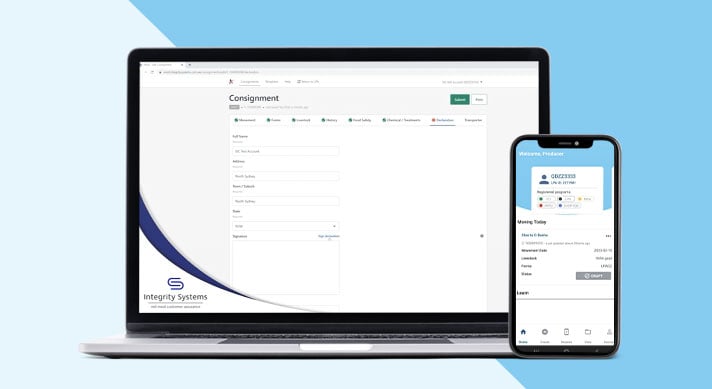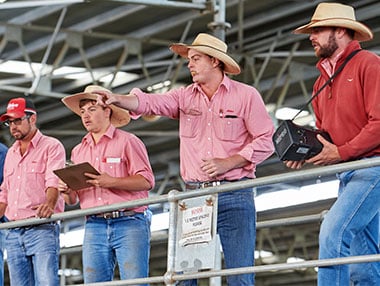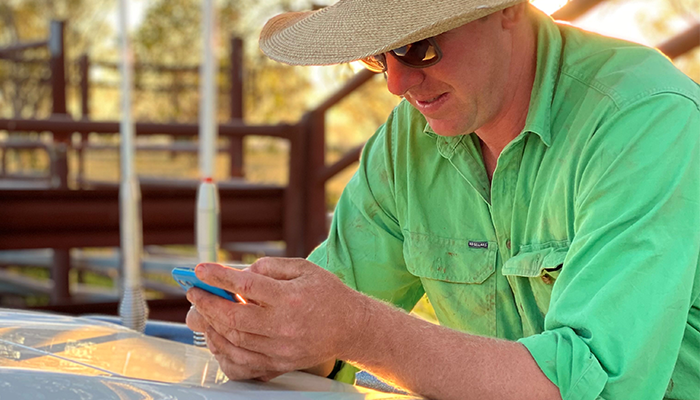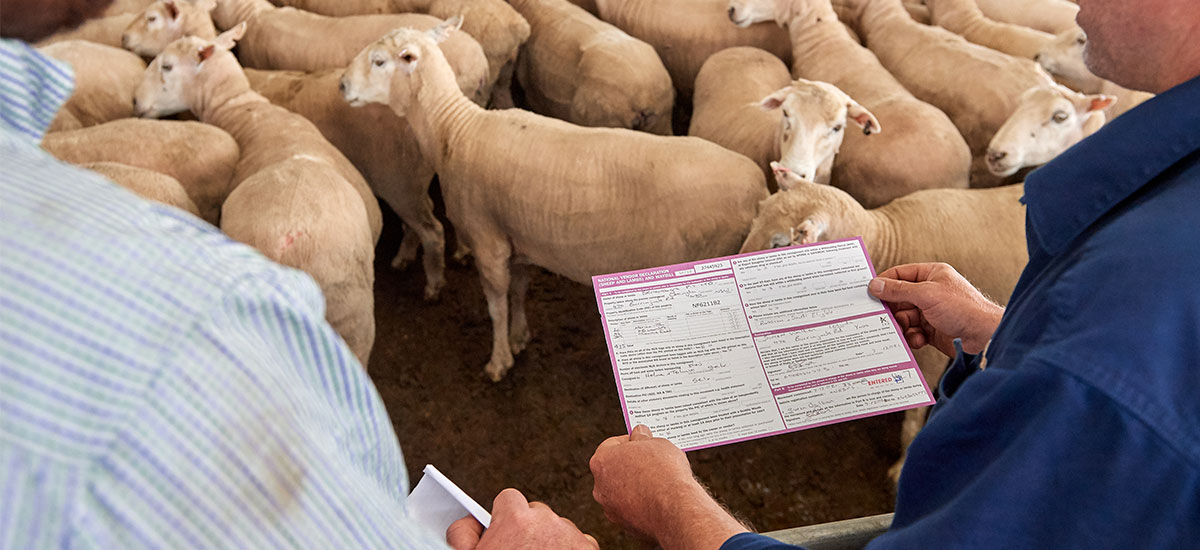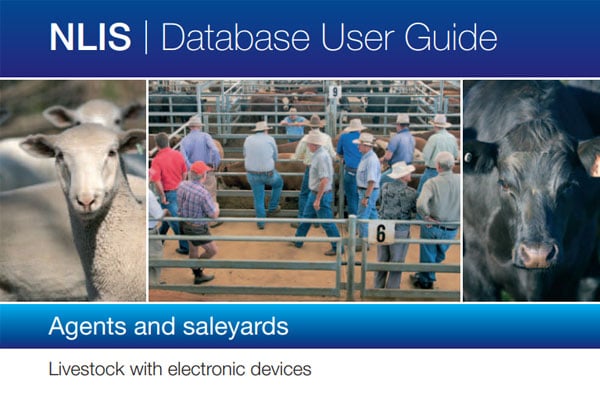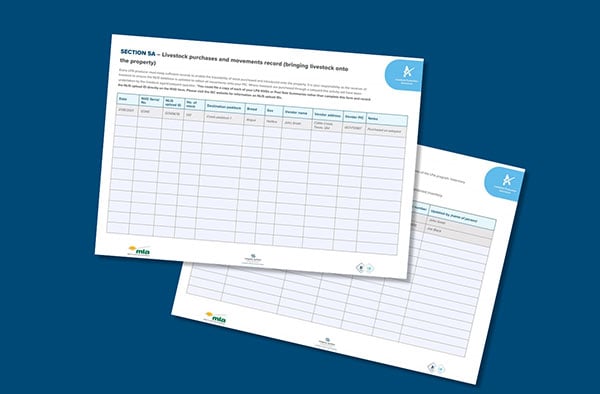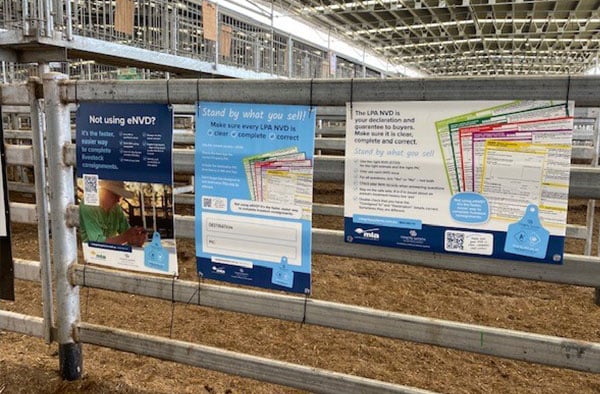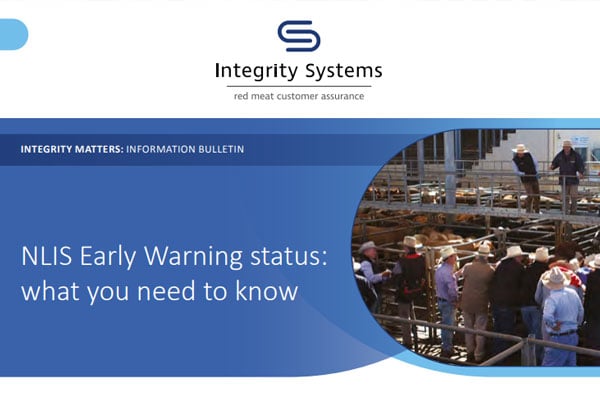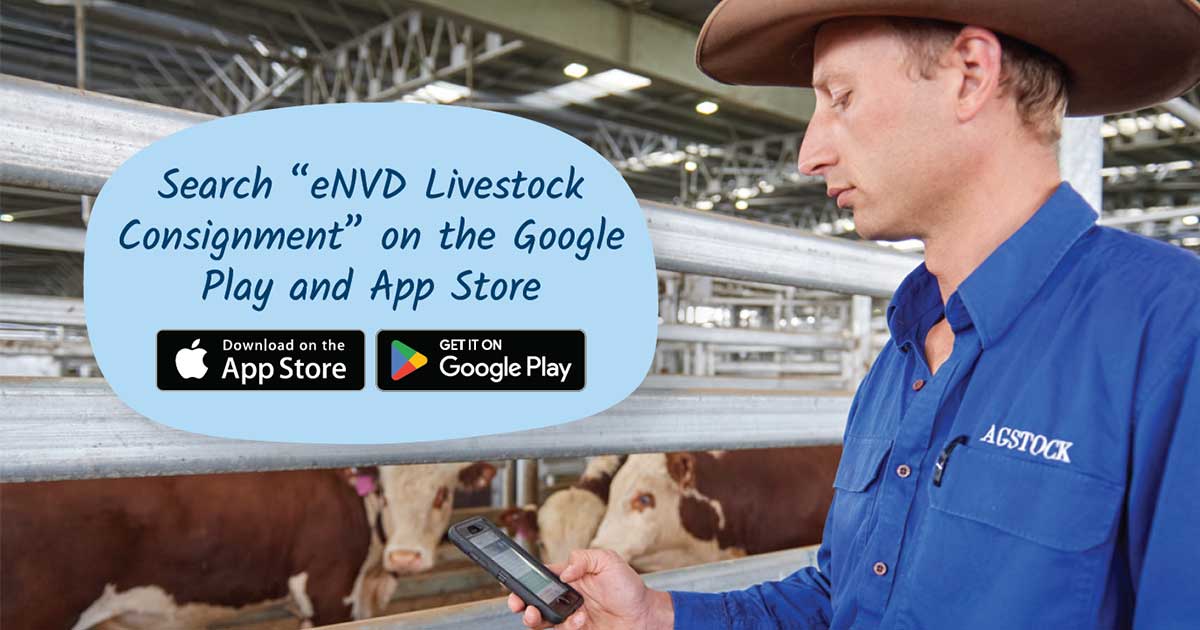You can provide advice on how to complete NLIS transfers and supply clients with these NLIS how-to guides to help them complete other actions in the NLIS database.
When completing sales or purchases for clients, always inform the purchaser if you ARE NOT completing the NLIS transfer and advise the producer of their responsibility to complete the transfer.
If you ARE completing the NLIS transfer for a client, always check the transfer has been successful and provide the client with the transfer upload ID.
Producers should be checking every transfer of livestock onto their PIC to ensure it has been completed correctly and that all purchased animals have lifetime traceability , if this is important for their supply chain.
If producers need help with restoring lifetime traceability for animals they have purchased, please refer them to their state or territory authority.
What you can’t do for your client
You cannot restore lifetime traceability for a client’s animals without a client’s knowledge. Completing rollbacks and transfers to restore lifetime traceability without supporting details or actual information from a client, compromises the NLIS system.
Producers have a responsibility to ensure all transfers of livestock onto their PIC are completed and relevant records are kept.
